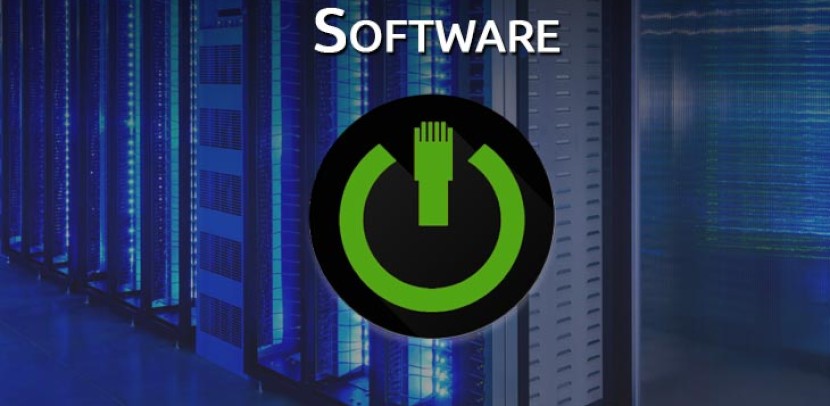

#WOL WAKE MAC MAC#
The magic packet is a frame that is most often sent as a broadcast and that contains anywhere within its payload 6 bytes of all 255 (FF FF FF FF FF FF in hexadecimal), followed by sixteen repetitions of the target computer's 48-bit MAC address, for a total of 102 bytes. The power drain becomes a consideration on battery powered devices such as laptops as this can deplete the battery even when the device is completely shut down. Disabling Wake-on-LAN when not needed can very slightly reduce power consumption on computers that are switched off but still plugged into a power socket. a Gigabit Ethernet NIC maintains only a 10 Mbit/s link). The link speed is usually reduced to the lowest possible speed to not waste power (e.g. This consumes a small amount of standby power, much less than normal operating power. In order for Wake-on-LAN to work, parts of the network interface need to stay on. There are some exceptions, though, and Wake-on-LAN can operate across any network in practice, given appropriate configuration and hardware, including remote wake-up across the Internet. The magic packet is sent on the data link layer (layer 2 in the OSI model) and when sent, is broadcast to all attached devices on a given network, using the network broadcast address the IP address (layer 3 in the OSI model) is not used.īecause Wake-on-LAN is built upon broadcast technology, it can generally only be used within the current network subnet. If a magic packet is received that is directed to the device's MAC address, the NIC signals the computer's power supply or motherboard to initiate system wake-up, in the same way that pressing the power button would do.

Powered down or turned off computers capable of Wake-on-LAN will contain network devices able to "listen" to incoming packets in low-power mode while the system is powered down. The magic packet contains the MAC address of the destination computer, an identifying number built into each network interface card ("NIC") or other Ethernet device in a computer, that enables it to be uniquely recognized and addressed on a network. WoL is implemented using a specially designed frame called a magic packet, which is sent to all computers in a network, among them the computer to be awakened. Principle of operation Įthernet connections, including home and work networks, wireless data networks, and the Internet itself, are based on frames sent between computers. In April 1997, this alliance introduced the Wake-on-LAN technology. In October 1996, Intel and IBM formed the Advanced Manageability Alliance (AMA). The WoL and WoWLAN standards are often supplemented by vendors to provide protocol-transparent on-demand services, for example in the Apple Bonjour wake-on-demand ( Sleep Proxy) feature. It is also possible to initiate the message from another network by using subnet directed broadcasts or a WoL gateway service. The message is usually sent to the target computer by a program executed on a device connected to the same local area network. If the computer being awakened is communicating via Wi-Fi, a supplementary standard called Wake on Wireless LAN (WoWLAN) must be employed. Wake-on-LAN ( WoL or WOL) is an Ethernet or Token Ring computer networking standard that allows a computer to be turned on or awakened from sleep mode by a network message.Įquivalent terms include wake on WAN, remote wake-up, power on by LAN, power up by LAN, resume by LAN, resume on LAN and wake up on LAN. A physical Wake-on-LAN connector (white object in foreground) featured on the IBM PCI Token-Ring Adapter 2


 0 kommentar(er)
0 kommentar(er)
